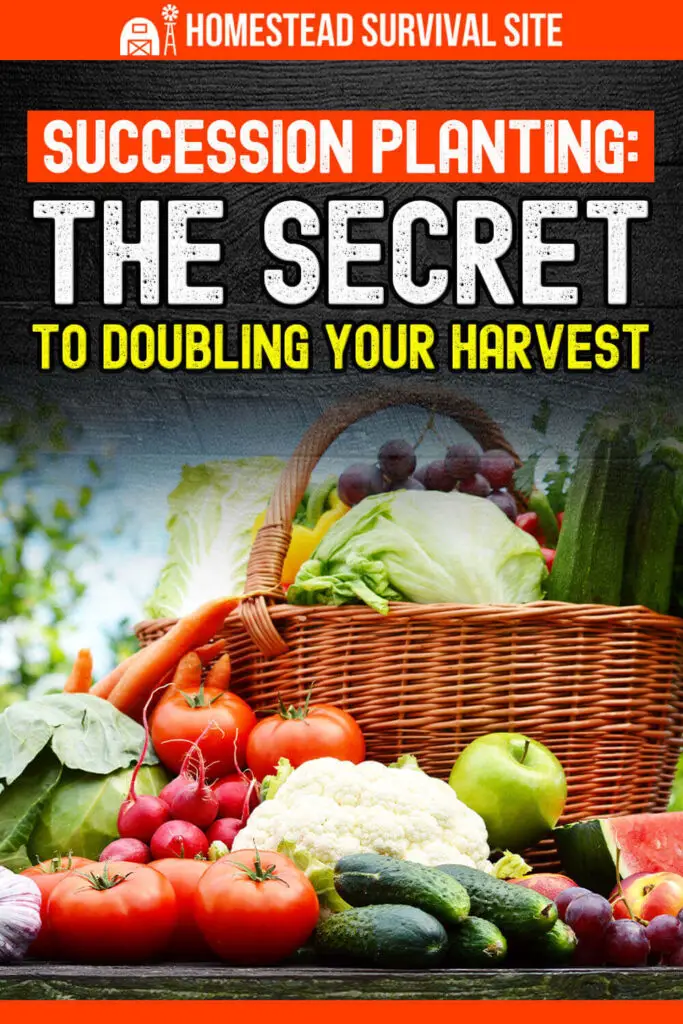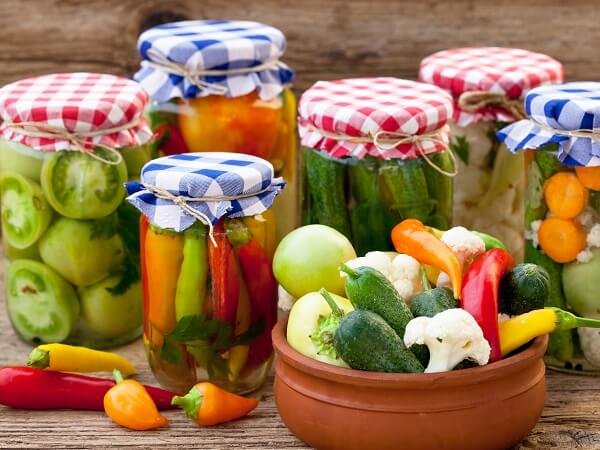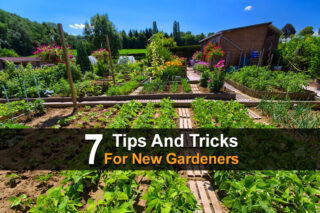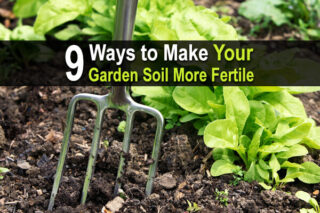Estimated reading time: 7 minutes

Succession planting, also called successive planting, is a method of staggering planting crops or planting different crops with varied maturity dates. Instead of using the traditional method of planting an entire garden bed of crops at one time and waiting for the harvest, succession planting leads to crops at varying levels of growth.
I found succession planting helps ensure I always have something to harvest. For a long time, I would plant an entire garden bed of lettuce. Then, a few weeks later, the garden bed would overflow with ripe lettuce, and my family would eat lettuce all day every day. Then, it would be gone, and we would be left without any fresh lettuce.
With succession planting, there are rows of fresh, ready-to-eat lettuce, lettuce in the growth phase, and seeds just planted. So, are you ready to double your harvest with one simple technique? Keep reading. Succession planting is genius.
Want to save this post for later? Click Here to Pin It on Pinterest!
What to Consider with Succession Planting
You need to take a few things into consideration before you start the process of succession planting.
Space Required
Think about how much space each plant needs. You want to pair the spacings appropriately. If you start with a crop that only needs a foot of space and try to follow it up with a plant that needs two feet of space, it won’t be a successful planting the second time.
Production Time
Each seed packet will tell you how long the plant takes to mature and reach a complete harvest. This information is important because it will let you know when it should be planted, whether it's the first or last thing planted. The longest maturity date should be planted first.
Companion Planting
Last, consider companion plants when creating a successful garden. If you can rotate crops in and out that encourage other plants to thrive, you can give your harvest a boost. Most importantly, you don’t want to plant crops near other plants that will cause them to fail and die. This happens when the crops compete for the same nutrients and attract the same pests.

The Four Methods of Succession Planting
Staggered Plantings of the Same Vegetable
The first method is the one that I use, and that requires the gardener to space out plantings of the same vegetable every 2-4 weeks. This method can work for several veggies. Some vegetables slow down their production after an initial heavy yield, like green beans.
Using this method, a new crop is continually coming in. After the first planting is done growing, you replant the area for the same crop.
Different Veggies in Succession
Certain crops, like peas, have a short growing season, and then you can use this area to replant with a later season crop. This is similar to companion planting.
When you use this as a guide, you grow two crops at the same time; the first crop will be fast producer, and the second crop will be a slow producer.
Paired Vegetables in the Same Area
This method is called intercropping, and you do so by seeding the early season vegetable at the same time you are planting. You can squeeze in more productivity in the same space.
For example, I pair radishes and carrots together. Carrots take forever to germinate, and radishes sprout quickly. They grow in the same area as well.
Different Maturity Rates of the Same Veggie
Veggies mature at different rates depending on the variety that you picked. An example is radishes. Some radishes mature in as little as 18 days, while larger varieties may take 30 days. You can pick more than one variety of a crop – an early, mid, and late season variety. Read the seed packets to figure out the maturity time.

A few good crops to try this method with include beans, broccoli, brussel sprouts, cabbage, carrots, celery, corn, eggplant, melon, peas, and tomatoes.
The Best Plants for Succession Planting
Not all plants are good candidates for succession planting. Some good choices include:
- Arugula
- Basil
- Beans
- Beets
- Broccoli
- Carrots
- Cilantro
- Dill
- Endive
- Green Onions
- Kale
- Kohlrabi
- Lettuce
- Mustard
- Radish
- Rutabaga
- Spinach
- Swiss Chard
- Turnips
Tips to Put Succession Planting into Action
Here are some tips that I put into action in my garden to maximize my harvest with succession planting.
You Need a Planting Schedule
Start by making a list of all the crops that you want to grow. Pick out the ones that are early-season crops, quick-growers, and long-yielding plants.
Figure out your early crops first, but then figure out what longer crops will need to follow behind. Always keep companion planting in mind to make sure you don’t plant a vegetable where it or a relative was planted in the last four years to avoid pests or diseases.
Put Similar Crops Together
I dedicate whole beds to a specific crop or family crop to make it easier to rotate the beds each season. It helps that each family type usually needs similar watering and fertilizing needs.
Another choice is to dedicate a bed as a transitional bed. You can plant seasonal or quick varieties in this bed. Once one crop is finished, you plant another crop, enriching the soil with compost and nutrients left behind.
Use Early Maturing Varieties

I prefer to pick varieties that mature quickly, and it helps make succession planting a success. The earlier the plants grow and produce a harvest, the sooner you can plant a new crop.
Look at the dates of maturity and pick varieties that don’t take as long. Look at bush varieties as well rather than vining. Vines take longer to grow, and bush plants yield at one time. That makes preserving easier.
Start Seedlings Inside
To make it the plantings go even faster, consider growing transplants inside your home. You don’t have to wait for your crop to be finished before starting the next planting. Sowing seeds and growing seedlings in trays gives you a head start. Instead of sowing seeds, you can transplant healthy seedlings, which will mature faster. You can harvest faster.
This helps because some seeds, such as cabbage, won’t germinate when it's really hot outside. Start these seeds inside under lights and then put in the garden when it’s time.
Succession Planting Chart
Let’s take a look at how often you can sow a new row of seeds and when you need to stop planting for the year.
| Crops | How Often To Sow | When To Stop Planting |
| Beets | 14-Day Intervals | Up to 8 Weeks Before First Frost |
| Bush Beans | 10-Day Intervals | Up to 8 Weeks Before First Frost |
| Carrots | 21-Day Intervals | Plant Storage Types in Mid-July |
| Cucumbers | 21-Day Intervals | Up to 10 Weeks Before First Frost |
| Escarole | 14-Day Intervals | Up to 8 Weeks Before First Frost |
| Head Lettuce | 10-Day Intervals | Up to 8 Weeks Before First Frost |
| Leaf Lettuce | 7-Day Intervals | Up to 4 Weeks Before First Frost |
| Leafy Greens | 7-Day Intervals | Up to 4 Weeks Before First Frost |
| Kohlrabi | 10-Day Intervals | Up to 6 Weeks Before First Frost |
| Peas | 10-Day Intervals | Up to 8 Weeks Before First Frost |
| Radishes | 7-Day Intervals | Up to 4 Weeks Before First Frost |
| Summer Squash | 30-Day Intervals | Up to 8 Weeks Before First Frost |
| Spinach | 7-Day Intervals | Up to 2 Weeks Before First Frost |
| Sweet Corn | 10-Day Intervals | Plant Variety of Maturing Rates |
| Turnips | 14-Day Intervals | Up to 6 Weeks Before First Frost |
Succession planting makes the most of your growing season, giving you a harvest throughout months while other crops continue to grow behind it. Instead of waiting for weeks to have fresh carrots or lettuce, you’ll have fresh veggies all spring, summer, and fall. That’s something we all can appreciate.
Like this post? Don't forget to Pin It on Pinterest!











